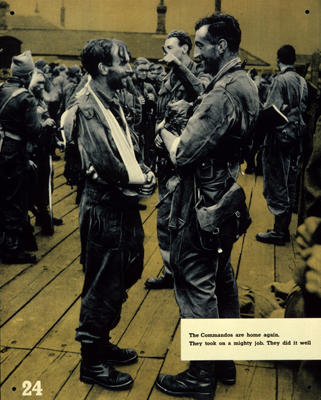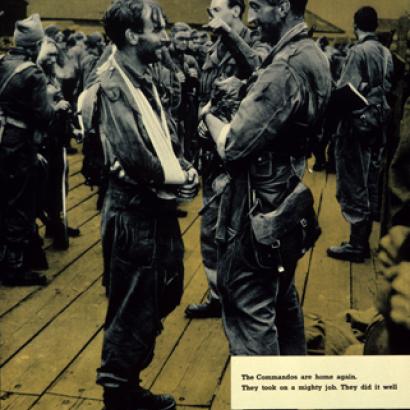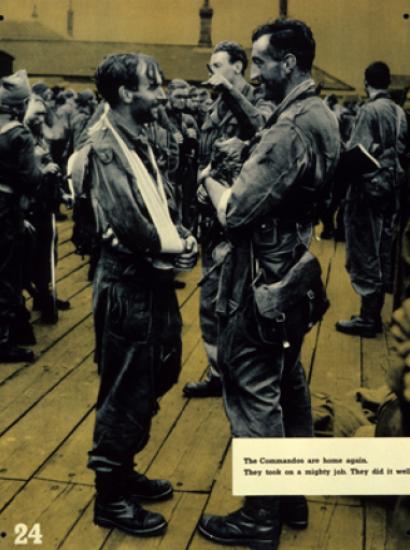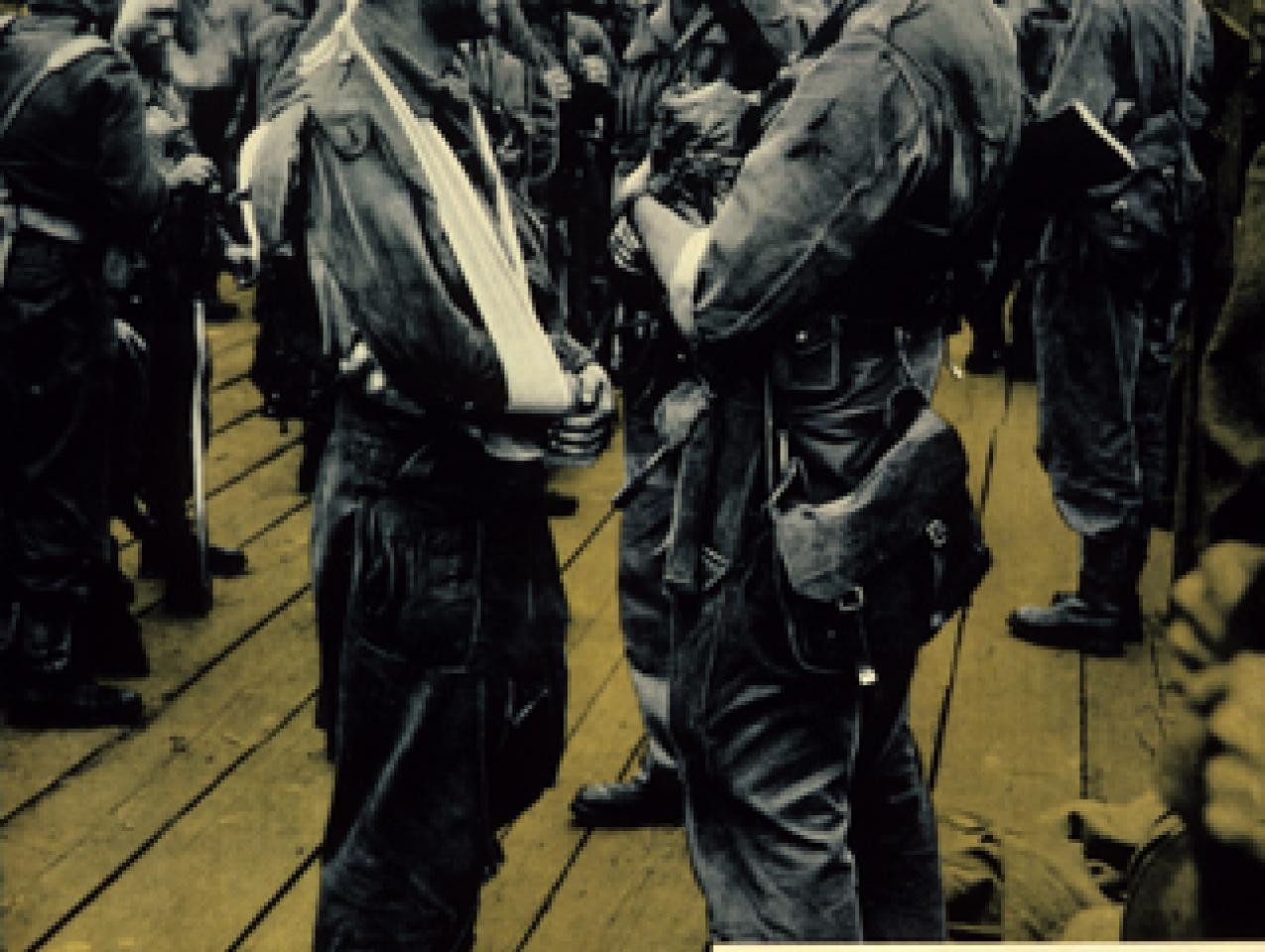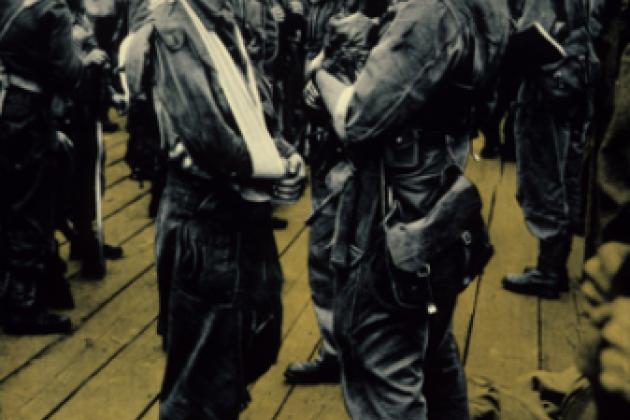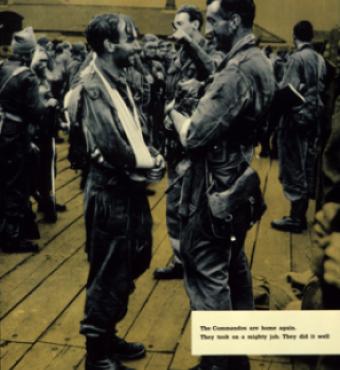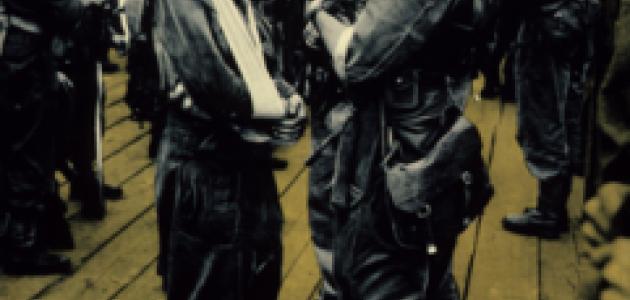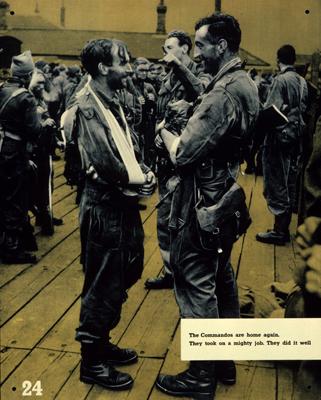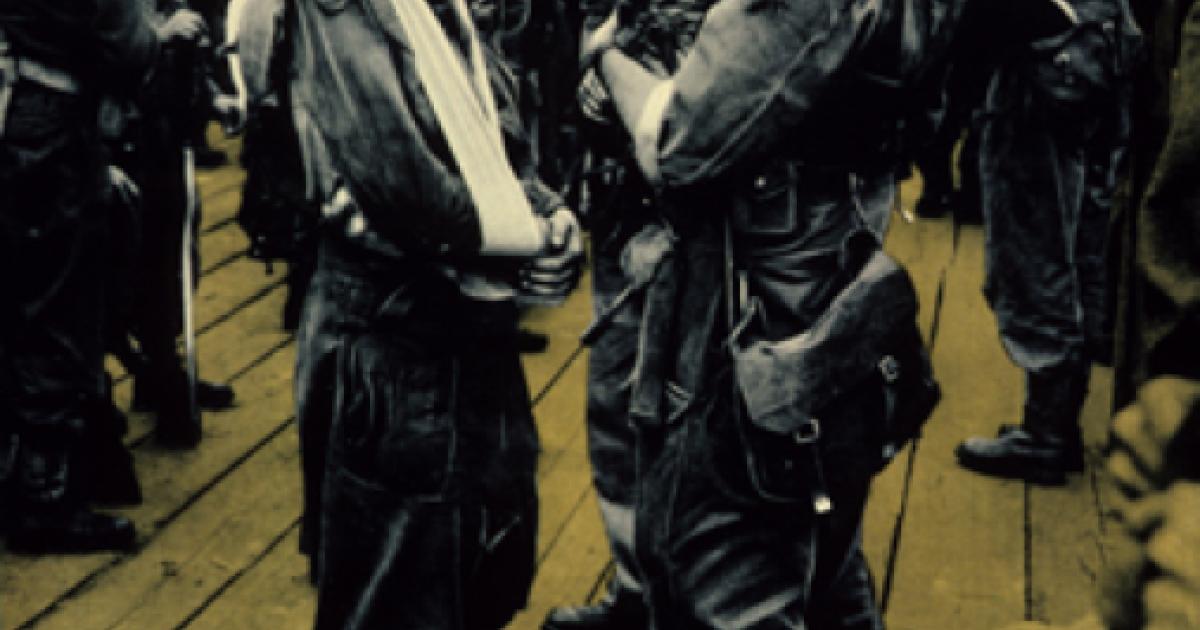- History
- Military
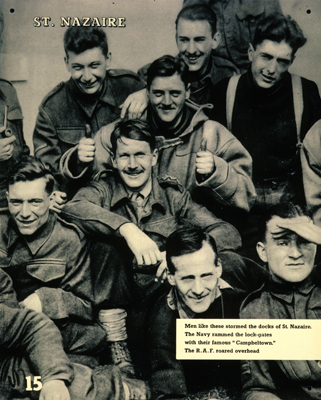
In response to deteriorating security conditions in southern Afghanistan, the United States recently deployed special operations forces (SOF) to Helmand province. On Tuesday, one of them was killed, and two others were wounded, raising new questions about the ongoing war and America’s role in it. The principal mission of the American troops in Helmand has been the guiding of air strikes against insurgent forces that by some accounts have been crucial in preventing the enemy from taking the provincial capital of Lashkar Gah. Their activities bear some resemblance to SOF participation in Afghanistan in 2001, when three hundred special operators and a smaller number of CIA personnel helped Afghan rebels overthrow the Taliban government. It is a far less expensive approach than the counterinsurgency operations of 2005 to 2012, when American and British battalions occupied Helmand’s contended districts. If it succeeds in preventing the Taliban from overrunning Helmand, the approach could be interpreted as evidence that reliance on small teams of special operations forces is a good substitute for the troop-intensive operations of the earlier period.
But critical differences exist between the situation in 2001 and that prevailing in 2016, casting doubt on the validity of comparisons between the two periods and the viability of the current approach. In 2001, most of the American SOF were operating in support of rebels against the conventional forces of the Taliban government. The Taliban attempted to defend from fixed fighting positions that were easily destroyed from the air, and their vehicles and command and control facilities were similarly easy to locate and destroy.
By contrast, today’s enemies in Helmand are insurgents who rely extensively on irregular warfare. They have made numerous tactical corrections based upon the past fifteen years of combat against Americans and their Afghan allies. Thus, they do not hunker down in fixed fighting positions. They travel in civilian vehicles and refrain from using cell phones or other devices whose signals would expose them to targeting by the Americans. They position women and children near command and control sites, in the knowledge that the Americans usually avoid striking targets when there is a risk of harming women or children.
The Taliban fled the country at the end of 2001, once their armed forces had been crushed. Hence, the special operators and friendly Afghan forces of that period did not have to contend with insurgents who used the population for cover and manpower. When such insurgents emerged in 2005, the Afghan government was unable to cope with them, which was why NATO forces were needed to conduct counterinsurgency. NATO and Afghan government forces made some of their most spectacular counterinsurgency gains in Helmand, but the Americans left before the Afghans were self-sufficient, and consequently thousands of Taliban are once more controlling and mobilizing Helmand’s communities.
Small numbers of American special operations forces and the air power accompanying them may be capable of protecting Helmand’s provincial capital well into the future. But they are probably too few in number to turn around the local security forces. Retaking the countryside will almost certainly require external intervention. External forces would most likely come from the Afghan military, but U.S. support to Afghanistan’s military has fallen so sharply in recent years that it might be incapable of rescuing Helmand together with all the other places where the insurgents are gaining.







